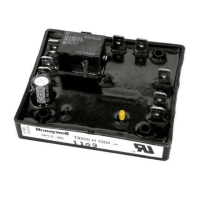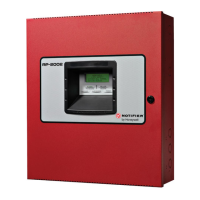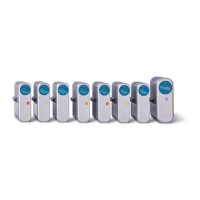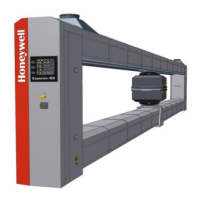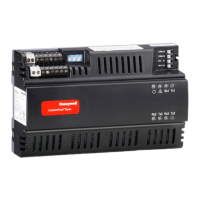3. B. (7) (c)
● FMS will be displayed in white on the PFD during the arm
phase of operation.
At LNAV capture, FMS
will be displayed
on the PFD in green and is boxed for 5 seconds to emphasize
the capture mode.
Another option the pilot has when flying a VOR
intercept, is to
fly a zero deviation approach to the VOR station. TO do this,
th~ pilot would do the-following:
. Establish the
VOR intercept as previously
. On the DC-884 Display Controller, set the
to the same NAV source being
used for the
discussed.
bearing selector
VOR intercept.
The PFD and
ND will now display the following:
● The course pointer will display the pilot selected course to
the VOR station.
. The bearing pointer will display a zero deviation course to
the VOR station.
Should the pilot desire to fly the zero deviation course to the
station, he would push the SYNC button on the GP-820 CRS
knob.
This will cause the course select pointer to align with the
bearing pointer and provide
for a zero deviation course to be
flown to the VOR station.
Localizer Mode (See Figure 259, sheet 3.)
The localizer mode provides for automatic intercept, capture,
and tracking of the front course localizer beam, to line up on
the centerline of the runway in use.
Prior to mode engagement,
the pilot would perform the following:
● Tune the navigation receiver to the published front course
localizer frequency for the runway in use.
● Set the course pointer for the inbound runway heading.
. Set the heading bug for the desired heading to perform a
course intercept.
● Select NAV 1 or NAV 2 as the navigation source on the
Display Controller.
The PFD and ND now display the relative position of the
DC-884
aircraft to the center-of-the localizer beam and the desired
inbound course.
With the heading bug set for course intercept,
the heading select mode is used to perform the intercept.
22-14-00
Page 298.91
Apr 15/93
Useor disclosureof information onthispage issubject to the restrictionsonthetitle page of thisdocument.

